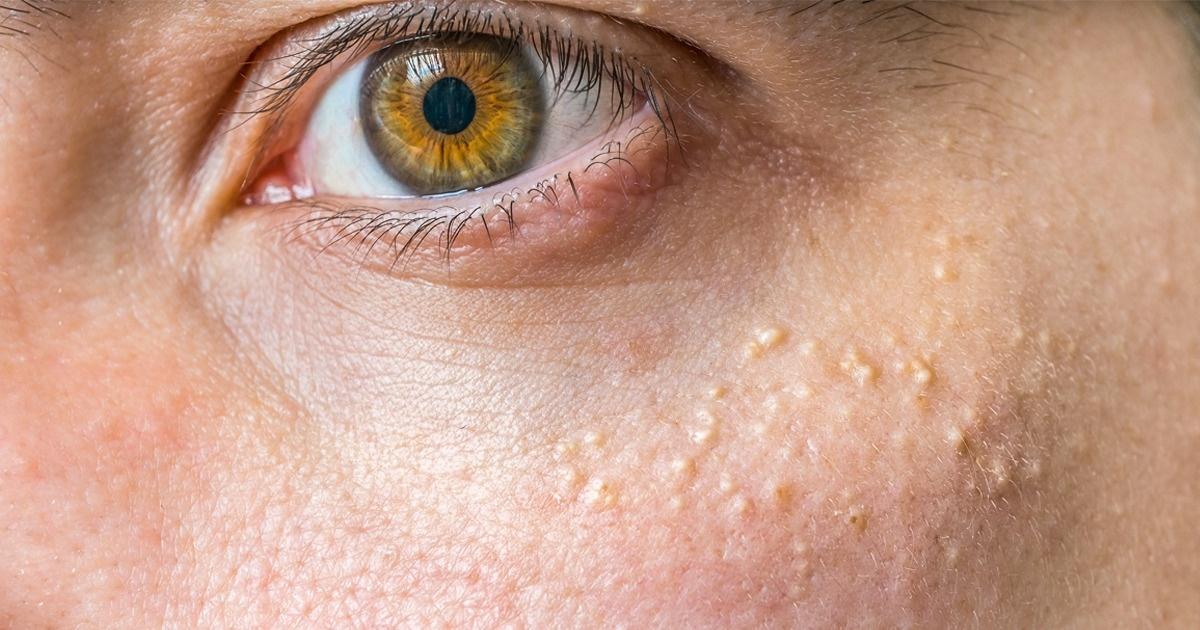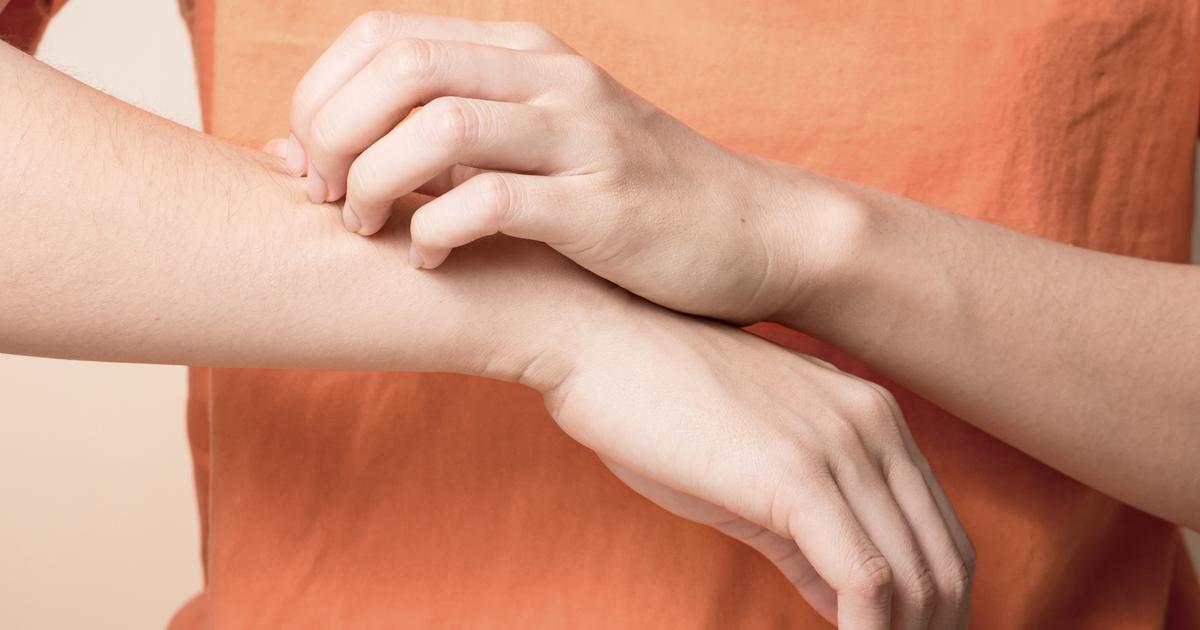Warning Signs Of Molluscum Contagiosum
Molluscum contagiosum is a skin infection caused by the molluscum contagiosum virus, a poxvirus. This virus produces harmless raised bumps on an individual's upper skin layers that usually do not cause pain. An individual gets Molluscum contagiosum by coming in direct contact with someone who is infected or with a contaminated object. Individuals who engage in sexual contact, play contact sports, and use someone else's personal items or equipment are at a higher risk of contracting Molluscum contagiosum. Diagnosis of Molluscum contagiosum is made with the use of a physical examination and a skin biopsy. Individuals who have a healthy immune system affected by Molluscum contagiosum do not usually require treatment. Cases that do require treatment include when the bumps are on the face and neck, the patient has a preexisting skin disease, or when there is serious concern regarding the spread of the virus.
Read about the major warning signs of Molluscum contagiosum now.
Raised And Flesh Colored Bumps

An individual affected by Molluscum contagiosum may develop bumps on their skin that are raised and flesh-colored. The bumps are often referred to as molluscum bodies, condyloma subcutaneous, and Mollusca. They tend to have a dome-like shape, making them palpable and raised compared to the surface of the rest of the skin. Many patients affected by Molluscum contagiosum have described the characteristic bumps that develop on their skin to be wart-like and pearly. The flesh-colored bumps have an average measurement of between two and five millimeters in diameter. These flesh-colored bumps are more common in the beginning stages of molluscum contagiosum, and they start off with a firm consistency. Over time, these flesh-colored bumps become softer and may incur signs of irritation.
Continue reading to learn more about the symptoms linked to Molluscum contagiosum now.
Itchiness

A Molluscum contagiosum patient may experience itchiness, though this is not common during the beginning stages of the infection. As the infection progresses, an individual can experience roughness, pinkness, and itchiness of the skin that surrounds the bumps caused by the virus. This itchiness around the bumps is reported to be similar to the symptoms that occur in an individual affected by eczema. This type of skin reaction that occurs around the molluscum bodies can cause patients to rub and itch the area. If the affected individual scratches or rubs the irritated skin, the virus can spread to parts of neighboring skin as well. A topical medication containing steroids has shown to be effective at relieving itchiness that occurs due to Molluscum contagiosum.
Uncover more warning signs of Molluscum contagiosum now.
